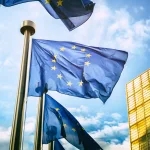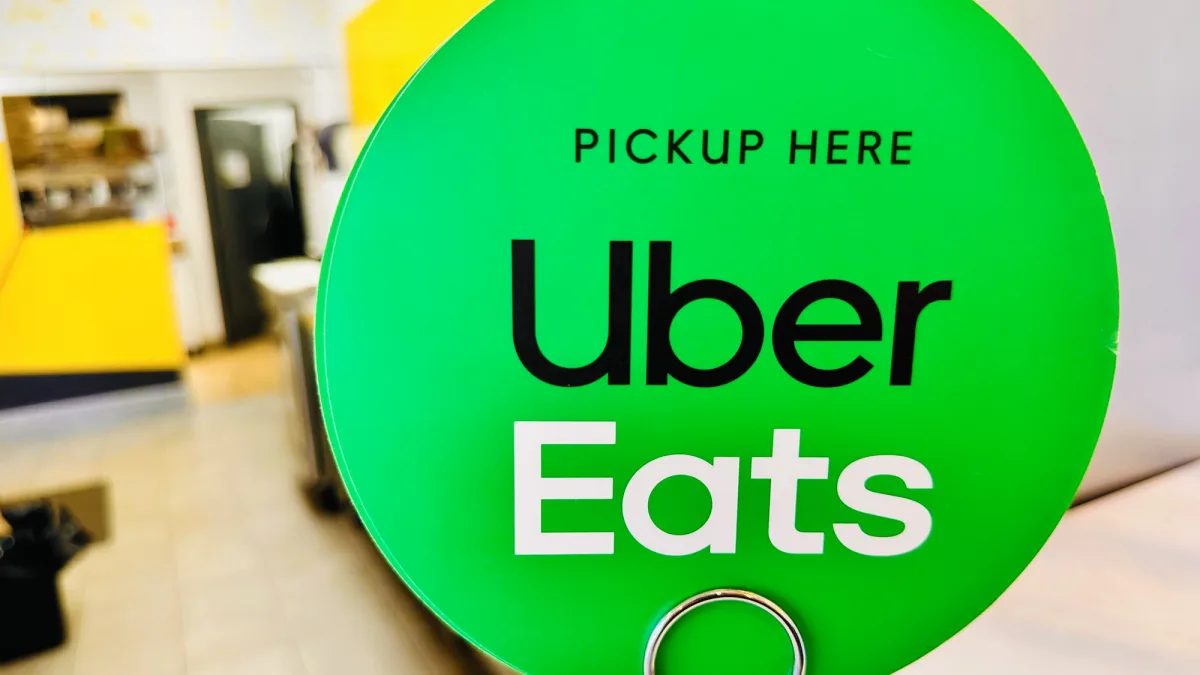The humble press release, that staid corporate communiqué long dismissed as the journalism equivalent of junk mail, finds itself in an unexpected position: more relevant than it has been in decades.
This seems counterintuitive. With over five billion people now using social media platforms and 63.8 per cent of the world’s population active on various digital channels, we might assume that traditional PR tools would be relegated to the dustbin of corporate history alongside fax machines and overhead projectors.
The opposite has occurred. According to recent research, 68 per cent of businesses experience improved visibility from published press releases, whilst 89 per cent of journalists consider official press releases their most trusted source for organisational news.
The fragmentation dividend
The media landscape has splintered beyond recognition. The global media market is projected to reach two trillion US dollars by 2029, with 50.58 per cent of revenues anticipated to come from digital channels. Yet this growth has brought chaos in its wake.
Where once a dozen major publications set the news agenda, thousands of outlets now compete for attention. Niche publications are increasingly surpassing general interest outlets, with readers gravitating towards sources that match their specific interests and expertise. Every conceivable vertical—from cryptocurrency to sustainable fashion, from B2B fintech to artisanal coffee—now supports multiple dedicated publications.
This explosion of outlets has created what economists might recognise as a perfect storm of supply and demand. On one side, traditional media outlets in major markets shed approximately 2,500 jobs in 2024 alone, following 8,000 the previous year, with major brands from the Wall Street Journal to the Guardian affected. Surviving journalists find themselves stretched thinner and thinner, responsible for more content with fewer resources.
Meanwhile, all these outlets need feeding. Every newsletter, podcast and blog demands a constant stream of stories to keep readers engaged.
The signal amidst the noise
Here lies the press release’s unexpected revival. Journalists now receive over 500 pitches weekly, yet only three per cent receive coverage. Amidst this deluge, the humble press release offers something rare: structure and accountability. Unlike X/Twitter speculation or breathless blog posts, a press release comes with corporate liability attached.
Some 96 per cent of PR professionals report that individual emails remain the most effective channel for pitching journalists, whilst 72 per cent of journalists rely on press releases for story ideas. This is not nostalgia; it is pragmatism. When faced with information overload but also the need to fill as many spaces as possible, journalists gravitate towards sources that offer both credibility and efficiency.
Companies that regularly issue press releases are three times more likely to be quoted as industry experts. Moreover, multimedia press releases generate 2.3 times longer dwell times and brands using press release best practices see 4.7 times more backlinks.
The strategy shift
For companies seeking media exposure, this new media landscape demands a fundamental reinvention of strategy. The old approach—blast a single press release to a master list and hope for the best—has become as obsolete as a typewriter ribbon.
Success now requires what military strategists would recognise as asymmetric warfare. Only 13 per cent of PR professionals consider newswire services like PR Newswire effective for pitching journalists, yet many companies continue to rely primarily on these industrial-strength distribution services. Instead, the savvy approach involves what might be termed ‘precision targeting’.
The most effective strategies now involve mapping the media ecosystem with the diligence of a 19th-century naturalist. This means identifying not just the major publications in one’s sector, but the emerging voices, the niche newsletters, the influential podcasts, and the vertical-specific platforms that collectively reach more decision-makers than any single major outlet.
Consider the modern B2B technology company. Rather than focusing solely on TechCrunch or Wired, a sophisticated media strategy might target the DevOps newsletter read by 50,000 IT directors, the AI ethics publication followed by university researchers, the sustainability tech blog monitored by ESG investors, and the remote work publication that influences HR executives.
The adaptation imperative
The press release itself has evolved beyond recognition. Some 26 per cent of strategic communicators already use generative artificial intelligence for press release creation, with another 42 per cent open to the technology, whilst 88 per cent of PR professionals now use multimedia to enhance their releases.
Modern press releases (the good ones at least) bear little resemblance to their staid predecessors. They incorporate video content, interactive elements, and social media optimisation. Companies optimising releases for mobile see 68 per cent higher engagement, whilst those incorporating proper SEO techniques benefit from links with high domain authority.
The most successful practitioners have embraced what might be called ‘platform pluralism’. The same announcement might be repackaged as a LinkedIn article for professional networks, an X/Twitter thread for real-time engagement, a YouTube or TikTok video for visual learners, and a traditional press release for journalists who still prefer structured, quotable content.
The counterintuitive truth
The proliferation of media channels has created a paradox that would delight any student of unintended consequences. More choice has not made communications easier; it has made curation more valuable. More voices have not diminished the importance of authority; they have heightened it. More speed has not reduced the value of accuracy; it has made verification precious.
Recent data showing that 77 per cent of journalists prefer receiving organisational news through official press releases rather than other channels is another example not of conservatism but necessity. In an environment where misinformation spreads faster than office gossip and where every social media post might be AI-generated, the press release’s formal structure and legal accountability make it a trusted anchor point.
The companies thriving in this new environment understand that the question is not whether to issue press releases, but how to craft them for maximum impact across an increasingly fragmented media landscape. They recognise that a well-executed press release campaign can now reach more targeted audiences through more relevant channels than ever before.
The new gatekeepers
The democratisation of media has not eliminated gatekeepers; it has multiplied them. Where once a company might need to convince a handful of editors at major publications, today’s reality involves courting hundreds of micro-influencers, newsletter editors, podcast hosts, and blog curators. Each serves a specific audience slice, but collectively they wield enormous influence.
This multiplication of gatekeepers has created new opportunities for companies willing to invest in relationship-building at scale. The pharmaceutical company that maintains relationships with medical journal editors, health blogger networks, patient advocacy newsletters, and regulatory update services has access to audiences that no single traditional publication could provide.
Yet this same fragmentation has raised the stakes for quality. Current research indicates that 61 per cent of journalists blacklist brands sending irrelevant pitches, a sobering reminder that in a world of infinite media options, attention remains the ultimate currency.
The press release, adapted for the digital age but retaining its core virtues of structure, accountability, and clarity, has found new life as an essential tool for navigating this complex landscape. Companies that master its evolving art will find themselves not merely surviving the media revolution, but profiting from it.
Fortunately, a forthcoming series of Reinvantage video tutorials will show companies how to do just that. When? Watch this space. Or look out for our press release.
Photo: Dreamstime.







